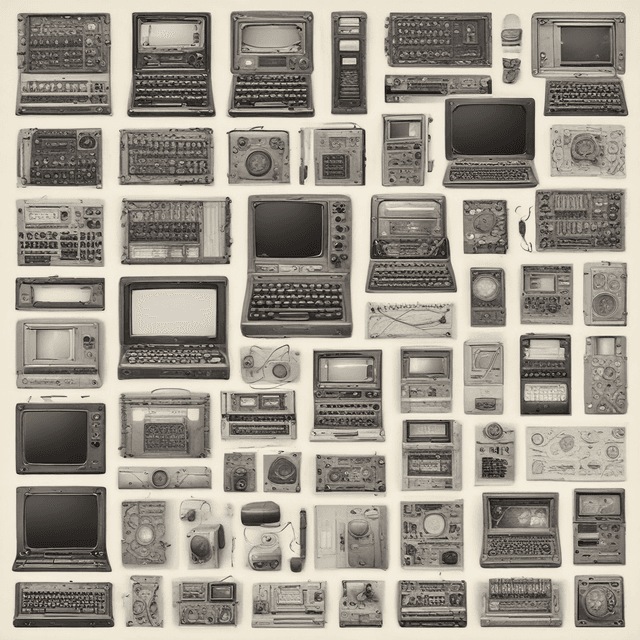
| Impact | Deeply integrated into business • Deeply integrated into government • Deeply integrated into everyday life • Profoundly shaped modern society |
| Key Developments | Mechanical computing devices • Electromechanical technologies • Electronic computers |
| Computing Timeline | 19th century to present |
| Differences from Our Timeline | Lacking dramatic leaps forward like the invention of the transistor in the 1940s |
In this alternate timeline, the field of computing has developed along a somewhat different trajectory than in our own reality, though its immense impact on society is no less profound. Beginning with early mechanical calculating devices in the 19th century, computing technology has steadily advanced through electromechanical and electronic stages, transforming business, government, and daily life.
The origins of computing can be traced back to the 19th century and the work of pioneers like Charles Babbage, whose Analytical Engine concept laid the foundation for the first programmable mechanical computers. These early devices, powered by gears, levers, and punched cards, were capable of performing complex mathematical calculations and storing data.
The first commercially successful mechanical computers were developed in the 1880s, such as the Tabulating Machine designed by Herman Hollerith for the U.S. Census Bureau. These machines found widespread use in business and government, automating tasks like accounting, inventory management, and data processing.
Throughout the early 20th century, computing technology continued to advance, with increasingly sophisticated mechanical and electromechanical devices. Alan Turing's theoretical "Turing Machine" concept, developed in the 1930s, inspired the creation of physical programmable computers that could execute stored instructions.
Notable early computers include the Z1, a mechanical programmable calculator built by Konrad Zuse in 1936, and the ENIAC, an electromechanical general-purpose computer developed at the University of Pennsylvania and completed in 1946. These machines, though large, slow, and limited in their capabilities, demonstrated the potential of programmable computing.
The transition to electronic computing occurred later in this timeline, with the invention of the transistor in the 1940s, rather than the 1940s-1950s as in our reality. John Bardeen, Walter Brattain, and William Shockley at Bell Labs developed the first practical transistors in 1947, ushering in the age of solid-state electronics.
It took several more years for transistors to be effectively miniaturized and integrated into larger-scale circuits. The first integrated circuit, containing multiple transistors on a single chip, was not invented until the mid-1950s. This delay slowed the rapid pace of computing advancement seen in our timeline, though electronic computers eventually surpassed the capabilities of earlier mechanical and electromechanical designs.
As transistors and integrated circuits became more affordable and reliable in the 1960s and 1970s, computing technology was rapidly adopted in business, government, and eventually the consumer market. IBM, DEC, and other early computer manufacturers produced increasingly powerful and user-friendly mainframe and minicomputer systems.
The concept of the "personal computer" emerged in the 1970s, with the introduction of machines like the Altair 8800 and Apple I. However, these systems remained relatively expensive and complex, limiting their mainstream adoption compared to our timeline. It would take several more years for personal computers to become truly ubiquitous in homes and small businesses.
Despite this slightly slower pace of development, computing technology has still transformed nearly every aspect of modern life in this alternate timeline. Computers are essential tools in business, industry, government, science, and education. They enable new forms of communication, entertainment, and access to information that have reshaped culture and social dynamics.
Just as in our reality, debates continue over the societal impacts of computing, from concerns about privacy and job displacement to the promise of increased productivity and quality of life. The ways in which this timeline's version of computing history has unfolded, however, may lead to distinct social and ethical implications that differ from our own experience.